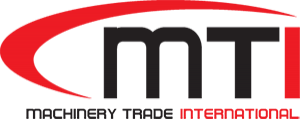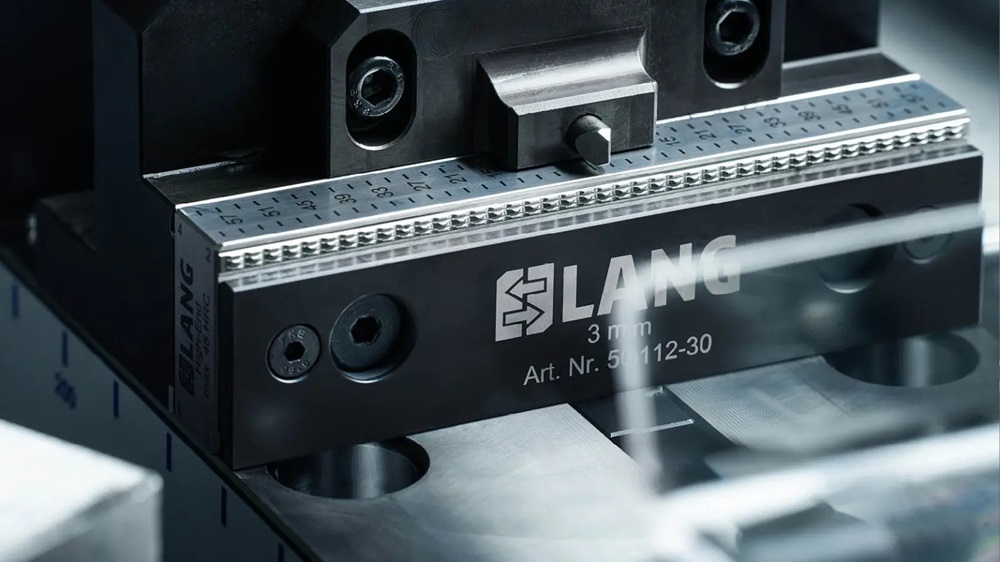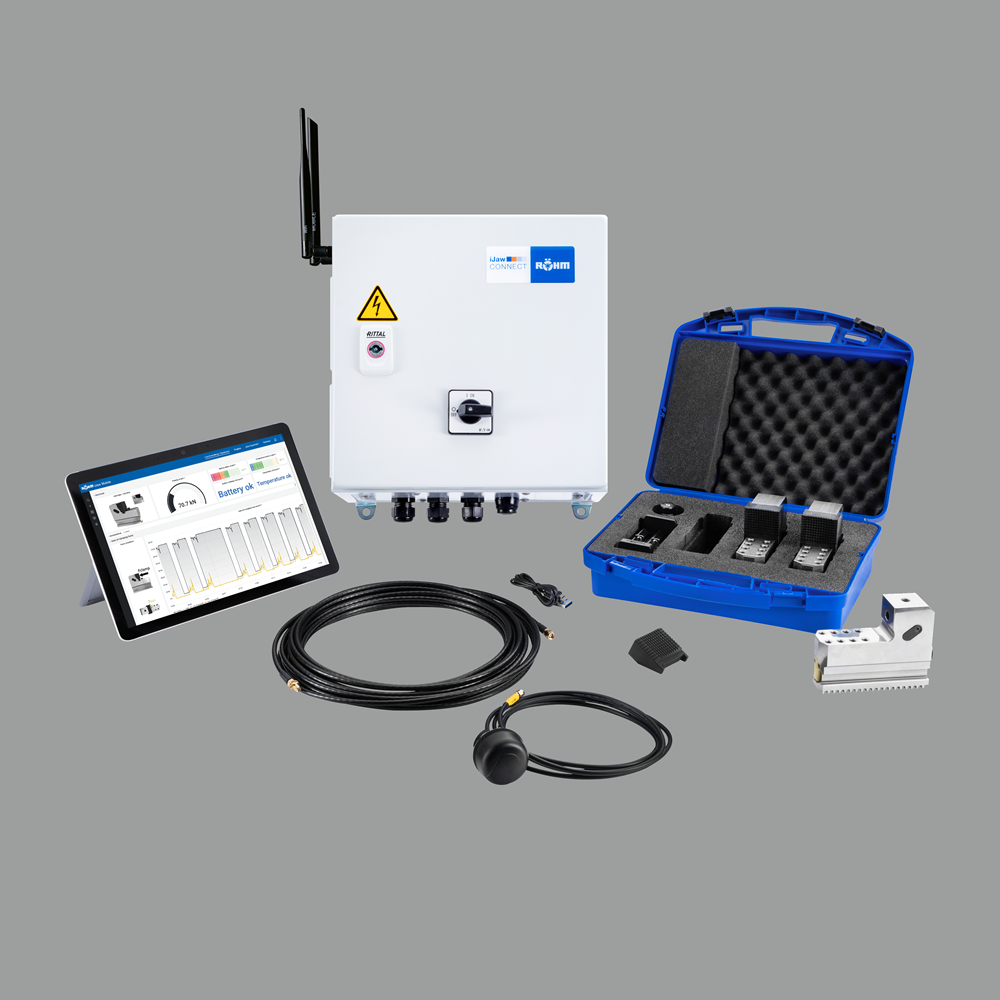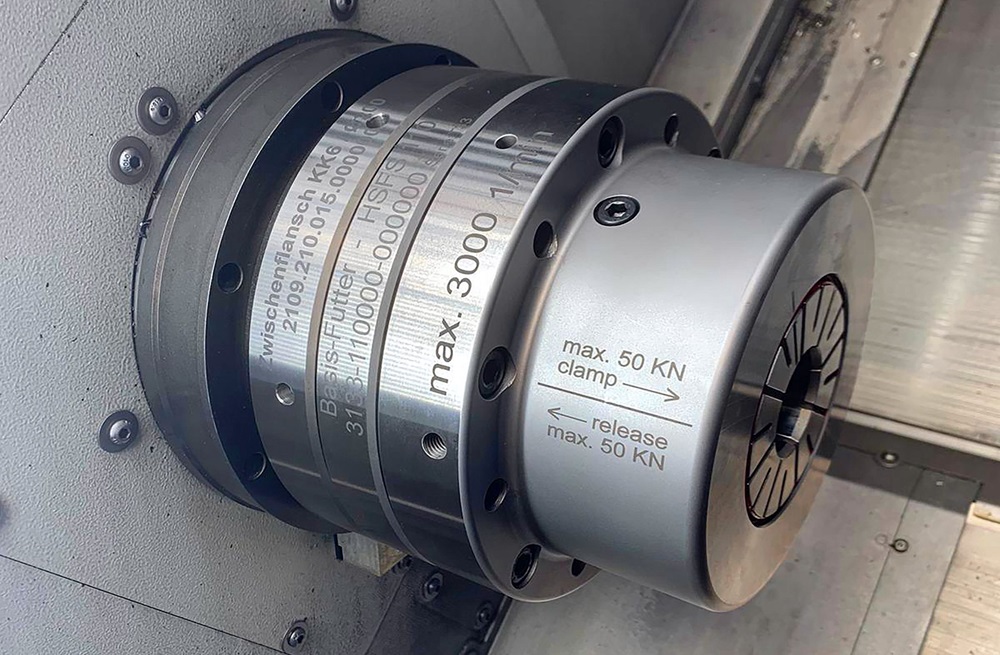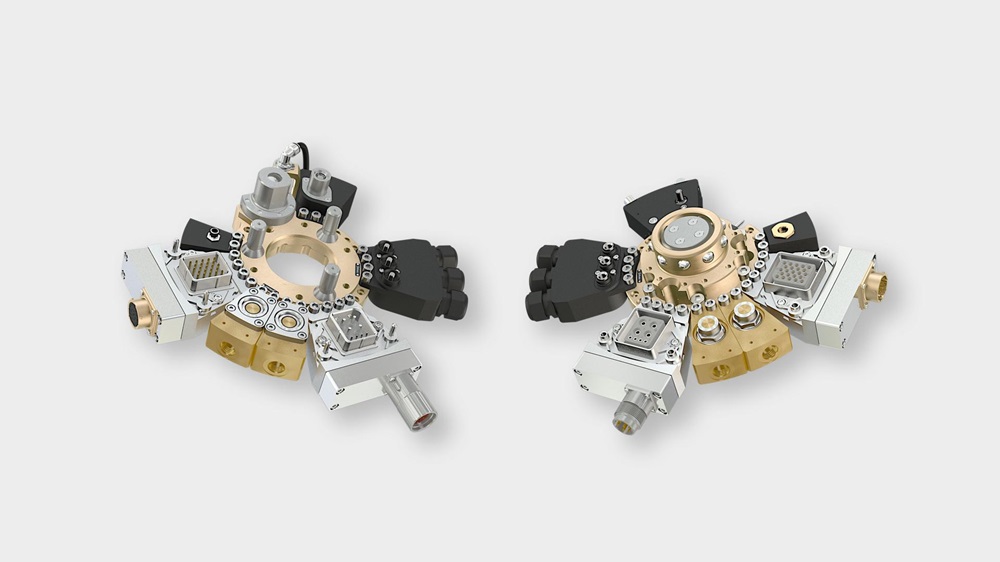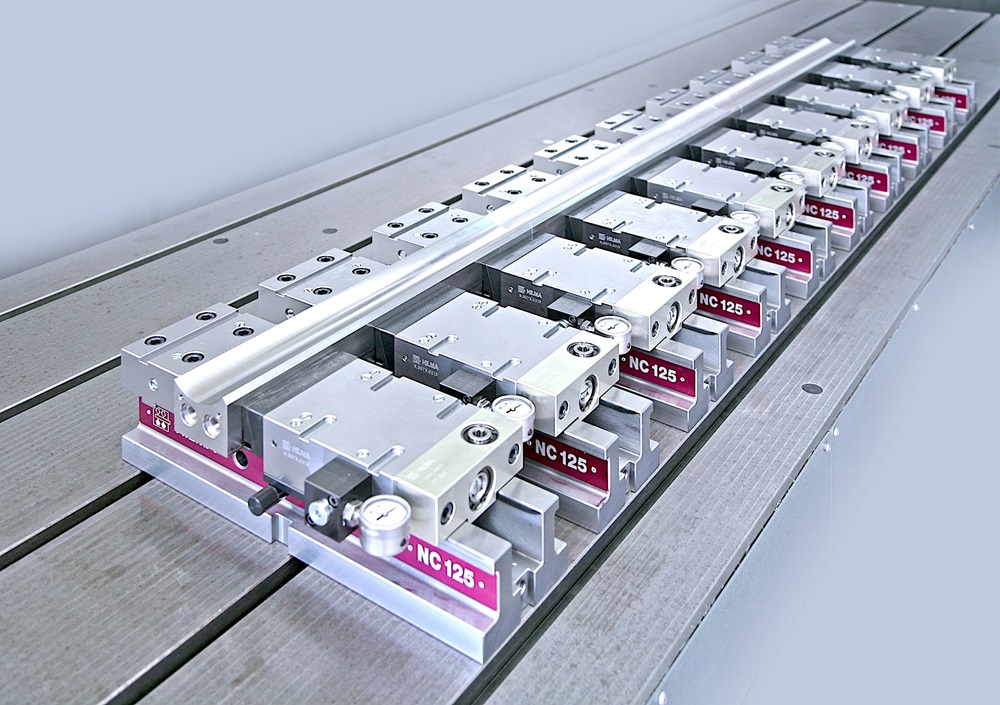With a revised stamping unit (featuring a new type of serration) and a complete, additional series of five-axis vices, Lang Technik say the company continues to develop its ‘original’. According to Lang, the company’s stamping technology has been setting the bar for top-notch quality in five-axis machining through its form-fit clamping philosophy for years. Now, Makro•Grip FS is taking this to a whole new level with even more impressive milling performance.
The abbreviation FS stands for fully serrated/full serration and describes the new, continuous holding serration on the clamping jaws of the new-generation vice. The new form-fit between the continuous holding serration and the matching contour in the pre-stamped workpiece blank increases holding force by up to 60%, depending on the material and stamping depth. For machining, this means even more reliability and safety in workpiece clamping, which in turn allows higher cutting performance and faster milling processes.
Lang’s stamping units with adapted stamping serrations impress with numerous new features, making operation even easier and more effective. For example, the process of setting the stamping pressure can be significantly accelerated thanks to the new stamping depth gauge. The setting is now data-based by reading off the dial gauge instead of visually checking the workpiece.
A new centring unit also makes it child’s play to insert the workpiece blank exactly in the centre, reports Lang.
Lang’s five-axis vices of the FS series are available in all previously known sizes and models, and also in a new mini version: the Makro•Grip micro. The FS series will initially run alongside the established Makro•Grip series, but is expected to replace it in the medium term due to its performance advantages.
For further information www.lang-technik.de
